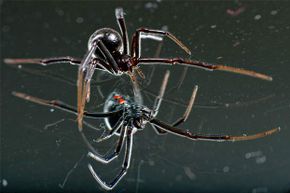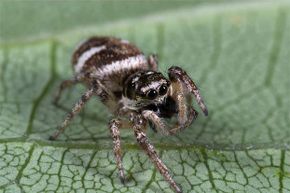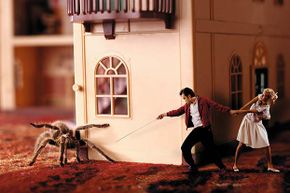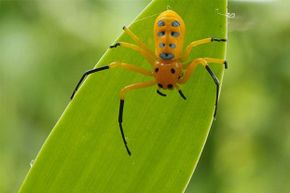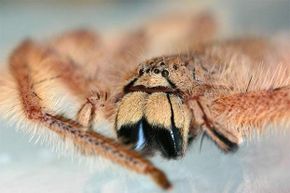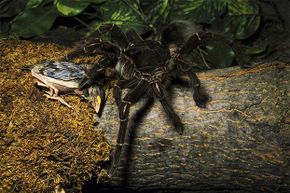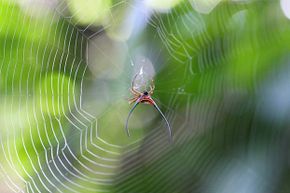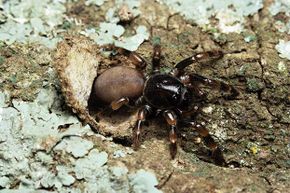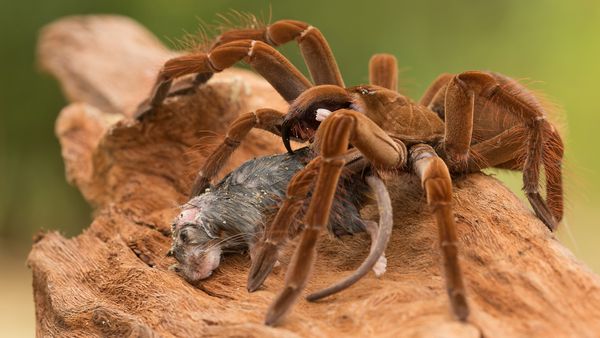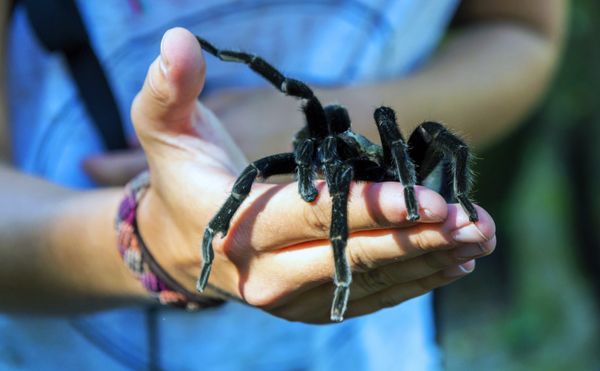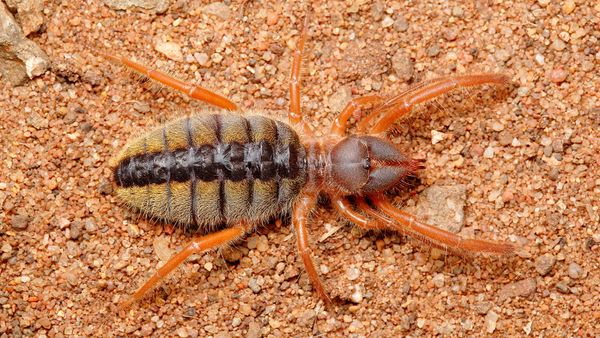Key Takeaways
- The jumping zebra spider can leap up to 20 times its body length and primarily feeds on insects like mosquitoes and flies.
- The Goliath bird-eating spider, the largest spider in the world, rarely eats birds despite its name, preferring insects and small mammals.
- The black widow spider's venom is 15 times stronger than a rattlesnake's, but bites are rarely fatal to humans, causing symptoms like muscle aches and difficulty breathing.
In the 1977 low-budget horror film "Kingdom of the Spiders," which probably represented the nadir of actor William Shatner's career after the original "Star Trek" TV series, terrified, shrieking humans are threatened by an army of tarantulas who've been turned into mutant killers by pesticides [source: Murray].
But even if you missed that one on Netflix, there's a fair-to-middling chance that spiders make you at least a little apprehensive. One 2012 study estimated that 7 percent of the U.S. population suffers from arachnophobia, a pathological fear of the multilegged, crawling little creatures [source: Lutz].
Advertisement
Spiders tend to give us the creeps partly because our brains were hard-wired by evolution to dislike angular shapes -- such as those of spider legs -- and make bad associations with the dark colors that often adorn spiders. Additionally, our eyes are designed to spot rapidly moving objects on the edge of our vision field, which in turn tend to trigger a fear response [source: Cohen].
But it's kind of crazy to be afraid of spiders. While there are a few venomous species -- such as the black widow and brown recluse spiders -- most aren't dangerous to humans. Indeed, many are beneficial because they eat other pests in our homes and gardens [sources: CDC, Waldvogel and Apperson].
And if you can get over your fear and take a good look, some spiders are even beautiful. Here are 10 of the most fascinating -- and OK, a little scary -- ones around.
